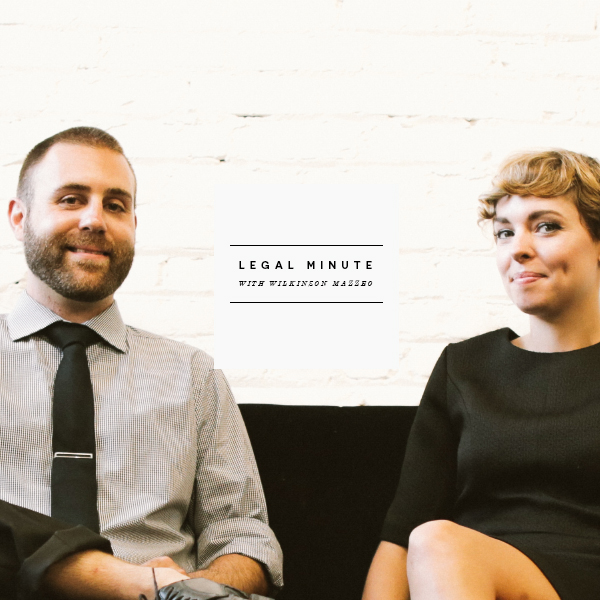Legal Minute: The Differences Behind The Various 501(c)(3) Non-Profit Models
The non-profit sector has steadily grown over the last several years. In fact, in 2010 the non-profit sector accounted for over 5% of the United States’ Gross Domestic Product (“GDP”). With the growth of the sector comes more awareness of what a non-profit organization is and what they do. But, do you know the differences between the various 501(c)(3) non-profit models? Probably not. Read on to learn about the differences between a Public Charity, a Private Foundation, and a Donor Advised Fund, all of which are 501(c)(3)s!
The main difference between private foundations and public charities is the source of financial support and the resulting tax treatments. Public charities primarily derive funding or support from the general public (e.g. governmental grants and individual donations). Specifically, at least 33% of a public charity’s annual support must come in the form of small donations from members of the general public. In contrast, private foundations typically obtain funding from a few donors and private investors. In other words, private foundations generally do not solicit funds from the general public. Additionally, and unlike public charities, private foundations are subject to a 2% yearly tax on net investment income and are required to distribute a minimum of 5% of investment assets for charitable and administrative purposes. Further, deductibility of contributions to a private foundation is more limited than for a public charity. While donors to a public charity may donate up to 50% of their adjusted gross income, donors to a private foundation can only donate up to 30% of their adjusted gross income.
So, what about a Donor Advised Fund (“DAF”)? DAFs exist in the middle of the 501(c)(3) spectrum; they provide an alternative to the creation of a private foundation or creation of a public charity.
A DAF is an account created by an individual donor, but administered by a public charity. The donor deposits cash, securities, and other financial instruments into the account, receives an immediate tax benefit on any donations, and then grants those funds to qualified 501(c)(3) organizations. The downside? The donor surrenders ownership of anything deposited into the accounts. Further, most public charities that administer DAFs require a minimum investment of $5,000 and charge a small fee for the administration and management of the account. Similarly to a public charity, donors enjoy the maximum tax deduction rate available (50%), and just as a private foundation, DAF allows donors to support qualifying charitable organizations of their choice.
What does this all mean to you before you start your own non-profit? It means you need to know where your funding will come from and how the funding will be distributed. Without this knowledge, you could find yourself limited in resources and taxed more than anticipated – even though you have a tax-exempt organization!
Disclaimer: The information in this article is presented for informational purposes only, and should not be taken as legal advice. Before acting on any information presented in this article, you should consult an attorney regarding the facts of your specific situation. We would love to hear from you, so please feel free to contact Wilkinson Mazzeo for a consultation.
Photo by Ashley Gutierrez
Learn. Connect. Act.
Learn more about Wilkinson Mazzeo
Connect via Facebook and Twitter
Act If you found this helpful or have some insight yourself, then let us know with a comment below.
From the Editor
At Conscious, we are inspired by remarkable people, and so we set out to tell stories that highlight real human interactions and human dignity. You can read more stories like this when you pick up your copy of Conscious Magazine. Subscribe today via our Conscious Shop and subscribe to Conscious Updates.




